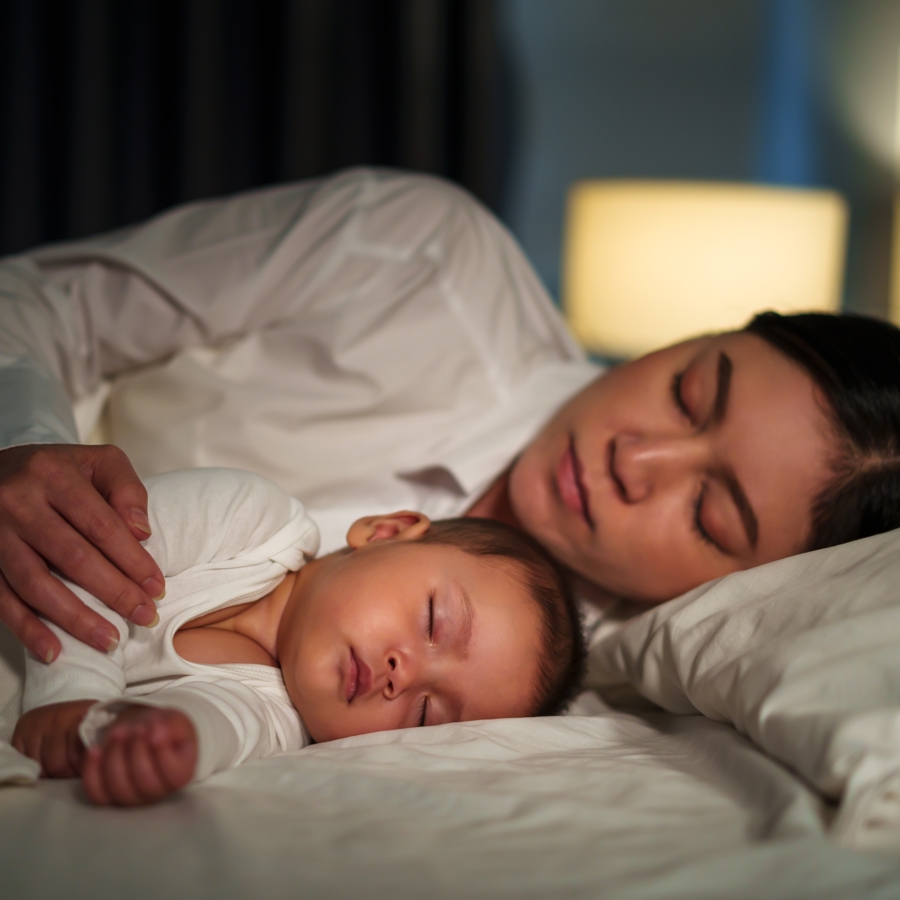
Are strange sleep patterns a genetic trait that can be passed on to children?
August 20, 2025

- Related Topics:
- Complex traits,
- Environmental influence,
- Genetic variation
A curious adult from Taiwan asks:
"I have always had really strange sleep patterns, and it seems like my child does too. Is this a genetic trait that I passed on to them?"
Have you ever wondered why some people wake up super early, while others love to stay up late? Or why some folks need only 6 hours of sleep to feel rested, but others need a full 10 hours of shut-eye?
It’s not just personality- it’s genetics!
Sleep patterns can run in families. Studies comparing twins show that about 50% of whether you're an early bird or a night owl comes from your genes.1 Genetics also explains around 45% of how long and how well you sleep.2
A lot of the time, sweet dreams come down to sleep genes.
Your body’s “ticking clock”
Your body’s main biological clock lives in a part of your brain called the suprachiasmatic nucleus (SCN).3 It controls your circadian rhythm - your daily cycle of hunger, body temperature, hormones, and sleep. Your eyes send light signals to the SCN to help your wake-sleep cycle match up with the day-night cycle. Special nerve cells in the SCN, called pacemaker cells, fire in a 24-hour rhythm. This keeps all of the other cells in your body working in sync.
The biological clock works because of a genetic “feedback loop”. Every 24 hours, certain genes turn on and off:
- Clock proteins called CLOCK-BMAL1 activate the PER (period) and CRY (cryptochrome) genes
- The activated PER and CRY genes provide information for making PER and CRY proteins, which build up and then switch off CLOCK-BMAL1.
- CLOCK-BMAL1 slowly turns back on, and the cycle repeats!

The exact timing of your biological clock varies between people, from 23 hours to 25 hours. If your clock runs fast, you’re more likely to be active earlier in the morning. If your clock runs slow, you’re more likely to be active later at night.
Early birds and night owls
Your chronotype is your natural sleep-wake pattern:
- Morning-types (“early birds”) like going to bed early and waking up early.
- Evening-types (“night owls”) like staying up late and sleeping late.
- Neither-types fall somewhere in the middle.
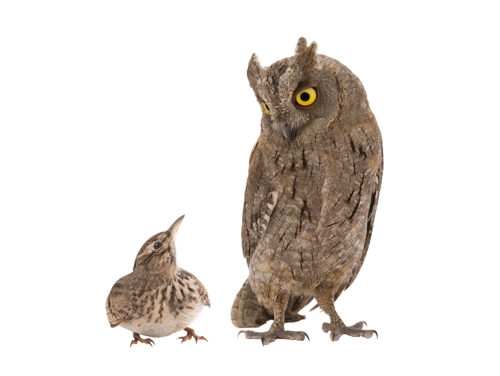
These preferences usually stay the same throughout your life. But kids and older adults tend to be morning-types, while teens are often evening-types. Your chronotype might have an effect on your personality, health, and even your athletic skills.4
Some researchers think that chronotype differences between people gave our ancestors an evolutionary advantage.5 No matter what time of day or night, someone was awake to look out for hungry predators!
Scientists have looked for chronotype genes by studying families with unusual sleep patterns.
In one family of early risers, scientists discovered a rare genetic variant in the PER2 gene.6 To test out how it affects sleep, they genetically engineered mice with the same variant. The mice became early sleepers, just like the family.7 Who knew you could turn mice into early birds?! Rare genetic variants in PER3, CRY1, CRY2, CSNK1D, and TIMELESS have also been found in families with very early or very late chronotypes.6
Scientists have also looked for chronotype genes with genome-wide association studies. These massive studies of 100,000+ people have found dozens of places in the genome linked to being a morning person.1 They found some biological clock genes we already talked about, like PER2, PER3, and CRY1, plus others that hadn’t been discovered before like FBXL1, RGS16, and AK5.
Why some people sleep less
Most adults need 7–9 hours of sleep, but it varies from person to person8. Some people are natural short sleepers, who thrive on just 4–6.5 hours.6 These “elite sleepers” don’t get sleepy during the day, and they don’t need catch-up sleep on weekends, either. One of the genes behind this is DEC2. It increases the amount of orexin in the brain, a chemical that makes you feel awake. A variant in the ADRB1 gene also lets some people sleep less naturally. ADRB1 is turned on in a part of the brainstem that controls sleep.
Some people need more sleep than average, but scientists have not discovered any long sleep genes yet. We do know that children need more sleep than adults. That’s because sleep is super important for growing bodies and brains!
Sleep disorder genetics
Have you ever had trouble falling asleep or staying asleep? You’re not alone. Insomnia is a common sleep problem that affects up to 30% of people.9 Genetics accounts for about 40% of the risk for insomnia.10 So next time you find yourself staring at the ceiling at 3am, you might blame it on mom and dad.
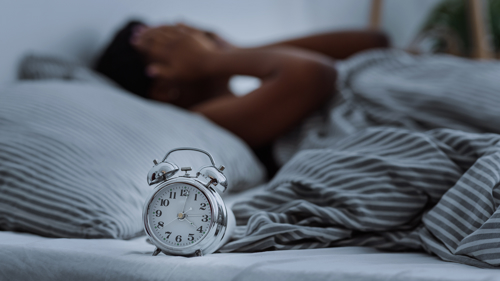
Narcolepsy makes people very sleepy during the day- so sleepy they suddenly fall asleep! This happens when there aren’t enough brain cells that make orexin, the wakefulness chemical. Most people with type-1 narcolepsy have a gene variant called HLA-DQB1*0602.10 But some people with this variant don’t have narcolepsy. Scientists think viral infections might trigger narcolepsy symptoms in people with genetic predisposition.
Your environment matters too
So, now we know that genes account for roughly 40–50% of sleep differences. That means 50-60% depend on other things, like your behavior, health, and environment. There’s some things that we can’t change- like when we have to wake up for school or work. But there are other things we can do to get a good night’s sleep:
- Going to bed and waking up at the same time every day to stabilize your circadian rhythm.
- Keeping your bedroom cool, dark, and quiet. Earplugs can help.
- Avoiding caffeine, alcohol, spicy, or fried foods before bed.
- Reducing screen time before sleep. Blue light can disrupt your biological clock!
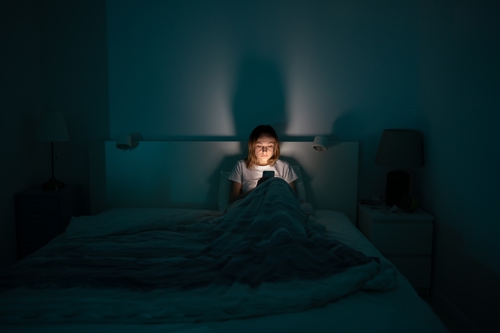
At the end of the day, your sleeping patterns aren’t just in your head - they’re in your genes. But your habits still play a huge role. Good sleep routines help everyone, no matter your genetics.
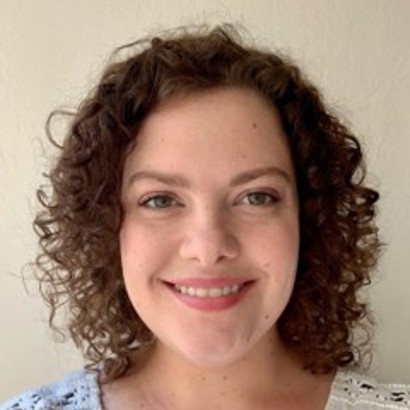
Author: Beth Pollard
When this answer was published in 2025, Beth was a genetic counselor working on human genomics research in Dr. Michael Snyder’s lab. Beth wrote this answer while participating in the Stanford at The Tech program.
 Skip Navigation
Skip Navigation
